 In this overcrowded job market, it’s difficult to stand out and be noticed by employers. We know that for each job advertised, the vast majority who apply will not make it to the interview. There’s not a lot of consistent data about this, but an expert in the field claims in a Workopolis article that the “Top 2%” of candidates make it to the interview”.
In this overcrowded job market, it’s difficult to stand out and be noticed by employers. We know that for each job advertised, the vast majority who apply will not make it to the interview. There’s not a lot of consistent data about this, but an expert in the field claims in a Workopolis article that the “Top 2%” of candidates make it to the interview”.
The Workopolis article suggests that to be seriously considered for a position, job seekers could try various strategies such as selectively applying for the most suitable jobs, preparing a resume that highlights how they could “stand out on the job”, and targeting applications to a each posting (i.e. not using generic resumes and cover letters).
Explaining how you can “stand out on the job” is probably the most difficult task facing candidates. Developing a strategy to achieve this goal is described by job search experts as “personal branding.”
What is personal branding?
Personal branding represents the actions taken by job seekers to stand out and be noticed. It is the process of identifying your most important employment assets, and developing and implementing a strategy of communicating this information to employers.
Why brand yourself?
The goal of personal branding is to stand out in a crowd. It’s commonly known as a strategy used by corporations to attract customers and investors, but is just as useful for job seekers to be noticed by employers.
As a candidate, you have a unique set of skills and assets to offer employers. It is up to you to ensure that they notice you and respond to your candidacy.
How do you brand yourself?
1. Identify your job target.
Make sure that you are 100 percent clear about the jobs to which you intend to apply: know the job title(s), industry and type of company. This will help you determine which of your skills and background are the most important to focus on when describing yourself
2. Understand the needs of the employer.
Clarify the most important skills and assets needed by employers for your target job:
- Scan relevant job postings online and develop a list of all the qualifications listed by employers
- Network with potential employers or with successful employees in your field and ask them for insight into the most valuable assets for the job.
3. Figure out your most important assets.
Identify your unique strengths as a candidate, which may include:
- “Soft” or Transferable skills: your “I am” (personal) abilities (e.g. organizational, interpersonal, teamwork)
- Hard skills: your “I can” skills which you have learnt (e.g. software, languages, specific professional knowledge)
- Experience/background: your “I have” assets (e.g. education, certification, particular work, relevant personal or volunteer experience, specific number of years in a field, been promoted, been awarded/recognized, dealt with certain people — such as difficult customers)
- Objective: your “I would like to” statement (e.g. “my goal is to work in a company/job where I can…”)
A candidate cannot just be “good enough” for a job. You need to figure out which of your strengths are unique and which provide you with an advantage over the many other candidates vying for the position. Perhaps your biggest asset is your flexibility and willingness to start at the bottom of the ladder? Maybe you have solid experience and specific product knowledge that many do not?
4. Develop a branding statement.
Based on what you have learned from job postings, develop a clear, honest and compelling statement, which you can use to describe yourself in simple terms. Keep in mind that if you have multiple goals, you might need to develop a few different versions of your branding statement, which focus on various combinations of your assets.
Write out your statement, learn to say it with ease and confidence. Be ready to talk about it and to explain it further, if asked. You might need to share examples from your work history to demonstrate your claims about yourself; have those ready.
5. Spread the word!
Take every opportunity you can to include your branding statement (or a version of it) in your communication with employers:
- Add it to your resume — in the Summary of Qualifications/Profile
- Integrate it into your “tell me about yourself” or elevator pitch introduction for interviews and networking opportunities
- Add it to your social media profiles, such as on your LinkedIn Summary, your Twitter or blog profiles
- Integrate it into your cover letter
- Steer your references to include points from your statement in their letters
Approach your branding strategy in a proactive and deliberate way. The more planful and detailed your strategy, the better you will be at making sure that you are the tree that stands out in the overwhelming forest of candidates vying for that perfect job.



